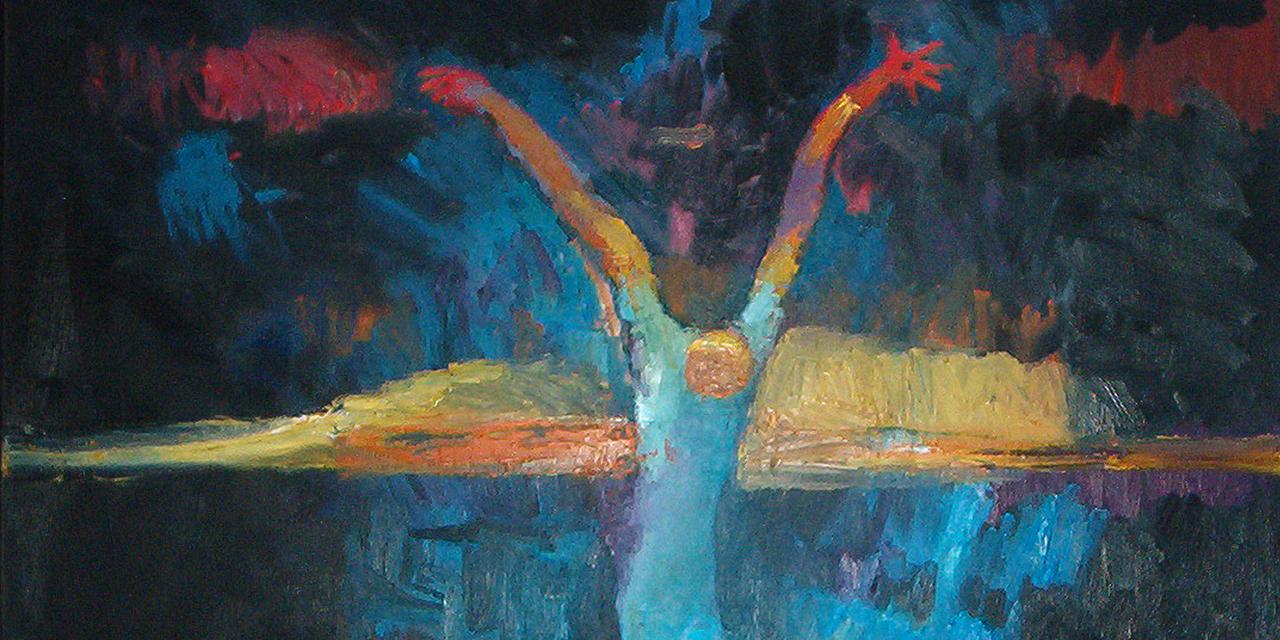From the earliest days of my life, I have had a great devotion to Our Lady of Guadalupe as a loving and caring mother.
I remember vividly my first pilgrimage to her shrine. I was 8 and had traveled to Mexico City from my family home in San Antonio. The shrine had been a place of pilgrimage since 1531, and walking into the ancient basilica was like getting a glimpse of heaven itself.
My whole body and soul knew I was in the presence of a divine mystery, and her very presence seemed to transform the massive crowd into a loving family.
The feast of Our Lady of Guadalupe on Dec. 12 is one of the most beautiful Christian celebrations of the American continent. Our Lady appeared in Mexico and is widely revered there, but today she is being recognized and acclaimed as the mother of the new humanity that is emerging throughout the American hemisphere.
Her apparitions in 1531 took place in the geographical center of our Western Hemisphere during the traumatic birth of the New World.
It was only 10 years after the war between the two great empires of that period: Spain in the Old World and the Aztec empire in the New. The defeated native people were crushed and humiliated. They had lost all hope and even the desire to live.
In this context of confusion and desolation, Our Lady appeared on a rural hillside to one of the defeated natives, Juan Diego, and asked him to be her messenger. He was instructed to go to the bishop and ask that a temple be built in that place, where she could listen to the laments and remedy the afflictions of the people.
Naturally, the bishop was skeptical and asked for a sign.
Juan Diego went back to the hillside, again encountering Our Lady, and returned with a cloakful of beautiful Castilian roses that had miraculously bloomed there. When he opened his cloak to show the flowers to the bishop and his assistants, there on the fabric was a life-size image of Our Lady of Guadalupe.
The apparition marked a spiritual beginning in America.
Out of the chaos of the moment, a new people would emerge through the process of mestizaje, the mixing of people, biologically, culturally and religiously. In the midst of chaos, darkness and suffering, the Word became our flesh and dwelt among us through the appearance of the Mestiza Virgen of Guadalupe.
Today, her home at Tepeyac on the outskirts of Mexico City is the most visited pilgrim site in the world. Shrines in her honor can be found in homes, plazas and churches throughout the American continent. Chapels with images of her can be found in New York City, Paris, Jerusalem and even Nagasaki. Pope John Paul II proclaimed Dec. 12 as the feast of the Mother of America.
Why is Our Lady of Guadalupe so appealing?
I think there are many reasons.
To start with, she is a loving mother who continues to console us with the words she offered to Juan Diego: “You have nothing to fear; am I not here who am your mother?” She simply wants to be present among us, offering all her love and protection.
She is the great gesture of a loving God who gave us, and continues to give us, this beautiful gift to console us in our sorrows.
As I like to tell my Protestant friends who may be suspicious of her, she is so special precisely because she is not necessary for salvation; she is simply a precious gift of the infinite love of our heavenly Father. Isn’t it true that some of the most cherished gifts you have received were not necessary but simply intimate gestures of love?
By calling on the defeated Indian to be her trusted messenger, she uplifted the downtrodden and affirmed the dignity of the dispossessed.
This is a message that continues to resonate. This has been part of my work since I was ordained in 1963. That was a time of a lot of healthy unrest in this country: the civil rights movement, the Chicano movement, the Vietnam crisis, the farm worker movement with Cesar Chavez. Today, we continue in the struggle in behalf of justice and inclusion for immigrants.
As a priest and theologian, I have explored the theological significance of the mestizos, who, from their unique position as insiders and outsiders, have the potential to help bring about a new, united humanity.
This mestizaje is great biologically and culturally but difficult and painful socially and psychologically. Our Lady is a symbol of this process, and she is a comfort to those who recognize elements of their own skin and ethnicity in her.
Another reason for her growing appeal, I suspect, is that in the midst of so many ugly divisions, she offers unity.
For the Aztecs, a temple was the symbol for an entire way of life. Her wish for a temple is really a visionary and prophetic dream for a united America without borders, where all the peoples of the world may find a new homeland with new opportunities, all working together for a better humanity for everyone.
Throughout my life, I have witnessed how Our Lady of Guadalupe’s message of love and protection has brought people together and given them a deep sense of unity and comfort. This vision is as real to me today as it was when I walked into the basilica so many years ago.








